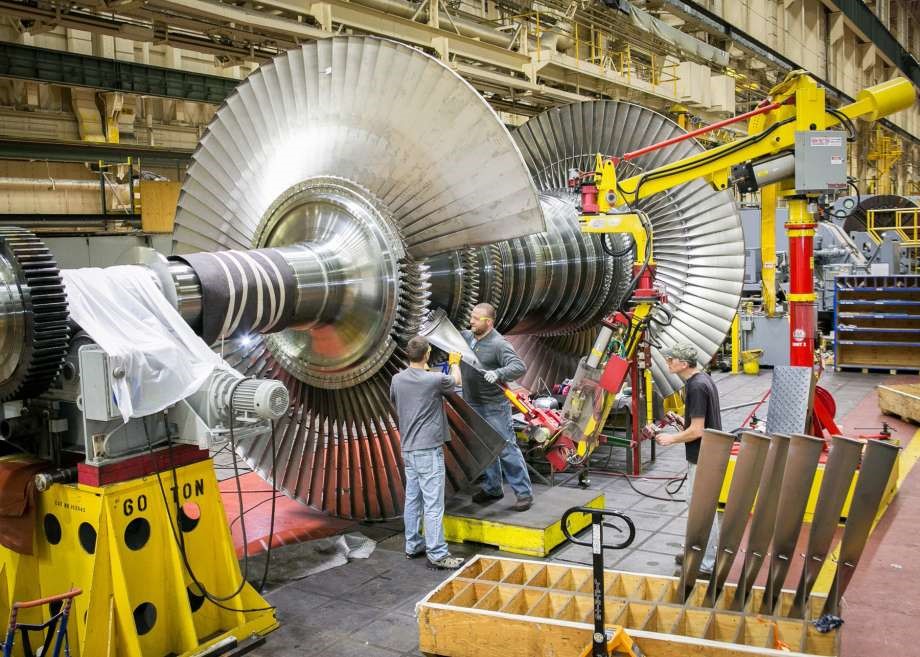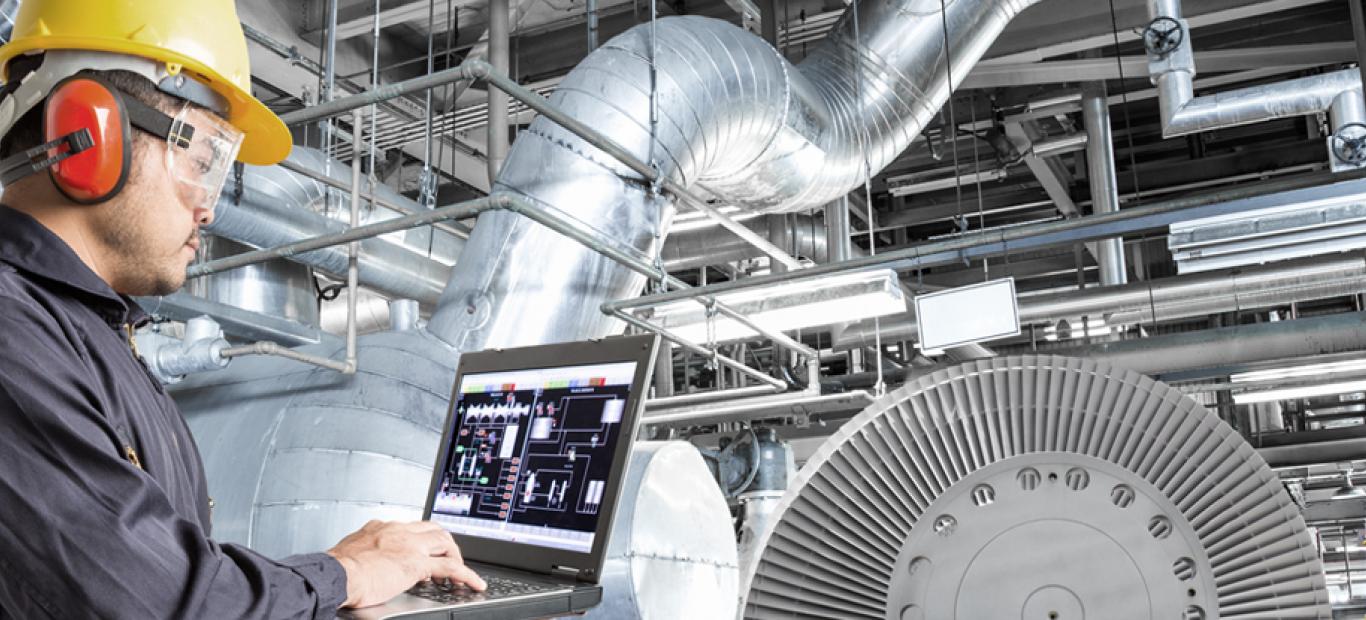Property
.jpg)

Let’s Get To Know How Electricity is Generated
Prologue
Electricity is one of the most essential forms of energy in human life. Since at least the end of the 19th century, humans can no longer be separated from the use of electricity. At home, on the street, in the office, wherever we are, we can always find the use of electricity. This is enough to illustrate how high humans are dependent on electricity. So do not be surprised if The Atlantic, a famous magazine in the United States, put electricity in second place as The Greatest Breakthroughs in human history, surpassing internet discovery which is ranked number 9.
Electricity is one of the most essential forms of energy in human life. Since at least the end of the 19th century, humans can no longer be separated from the use of electricity. At home, on the street, in the office, wherever we are, we can always find the use of electricity. This is enough to illustrate how high humans are dependent on electricity. So do not be surprised if The Atlantic, a famous magazine in the United States, put electricity in second place as The Greatest Breakthroughs in human history, surpassing internet discovery which is ranked number 9.
The Agency for the Assessment and Application of Technology (BPPT) noted that electricity consumption in Indonesia reached 21% of total energy consumption in 2016. According to this value, electricity is the second most needed source of energy after fuel (BBM) which has a total consumption of 40.1%. This fact is sufficient to validate the importance of the availability of electricity in Indonesia. Thus, it is not a loss for us to at least know how electricity can be generated. Moreover, it turns out that the electricity generation mechanism is very easy to understand.
How is electricity generated?
The energy sources used to generate electricity are quite diverse. In broad, these energy sources can be divided into two, energy sources from fossil fuels and renewable energy sources. Examples of fossil fuels are coal, gas and petroleum. While examples of renewable energy sources include the sun, wind, biomass, ocean waves, etc. In Indonesia, the majority of the energy source used for electricity generation is coal (61% of the total energy source for electricity based on BPPT). Thus, the scope of this article is narrowed down to the utilization of coal in electricity generation.
Electricity generation is a process of converting energy stored in energy sources (eg. coal) into electrical energy. This type of power generation system that utilizes coal is known generally as Steam Power Plants (PLTU). There are at least three of the most essential components in the PLTU, namely a boiler, steam turbine and generator, as shown in Figure 1.
Electricity generation is a process of converting energy stored in energy sources (eg. coal) into electrical energy. This type of power generation system that utilizes coal is known generally as Steam Power Plants (PLTU). There are at least three of the most essential components in the PLTU, namely a boiler, steam turbine and generator, as shown in Figure 1.
.jpg)
Figure 1. Main Components of Steam Power Plants PLTU [1]
The first essential component is a boiler. The use of boilers in electricity generation has a similar principle to that of using boilers to heat water. Both boilers hold water ready to be heated. The difference is, the heat source used for the boiler comes from LPG on the gas stove, while in the boiler, the energy source is coal. The second difference is the heating process in the boiler aims to boil water (temperature 100oC, pressure 1 atmosphere), while the heating process in the boiler aims to convert water into steam (temperature> 100oC).
After vapor is generated in the boiler, the steam is then flowed through the piping system to the second component, the steam turbine. The turbine is a device consisting of rotating blades, as shown in Figure 2. The working principle of a steam turbine, like a boiler, can also be analogous to the working principle of a tool that is closer to everyday life so that can be easier to imagine. The working analogy of a steam turbine is a water wheel that is commonly found in rivers. The water flow through the waterwheel hits the propeller on the wheel, so that the water wheel can rotate. As with a steam turbine, water vapor flowing through the steam turbine causes the turbine blades to rotate. This steam turbine is connected to the third essential component, namely the generator.

Figure 2. Steam turbines produced by General Electric [2]
The steam turbine and generator are connected directly through a shaft. As a result, the rotation that occurs in the turbine causes rotation of one part of the generator. This rotation causes electricity to be generated. This process also has an analogy with a simple thing, such as a lamp that is attached to an onthel bicycle. Readers born in the 80s and under, should be familiar with this bike. Onthel bikes usually have lights that are mounted in front of the steering wheel. This light can turn on when the rider pedals the bicycle. The faster the stroke is done, the brighter the lamp will be. The lights can occur because a dynamo is attached to the bicycle. When the wheel rotates, the dynamo also rotates so that it can generate electricity. The electricity is used to turn on the light.
Onthel Bicycles as an Analogy of the Power Generation System
The lighted onthel bicycle described above is a representative analogy to the steam power plant. A person riding a bicycle can be likened to water vapor. The steam flowing and turning the blades of a turbine can be imagined as a person pedalling a bicycle. Pedals and wheels as a steam turbine, which in other words a rotating steam turbine blade can be imagined as a rotating pedal and wheel. Then, the dynamo on the bicycle has the same role as the generator in the PLTU. Lights on bicycles have the same role as people's houses, offices, restaurants and other things that consume electricity.
Epilogue
Turns out it is easy to understand how electricity is generated, right? Even though it is implemented in the real world, the power generation system is a complex system, however its basic principle is not rocket science. The processes involved in the power generation system have similarities with phenomena that are close to our daily lives.
Turns out it is easy to understand how electricity is generated, right? Even though it is implemented in the real world, the power generation system is a complex system, however its basic principle is not rocket science. The processes involved in the power generation system have similarities with phenomena that are close to our daily lives.
Image source:
Author





 28461
28461



 15 Mar 2022
15 Mar 2022 7347 kali
7347 kali





